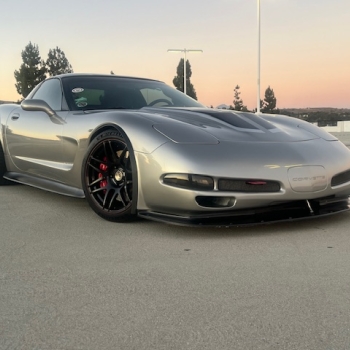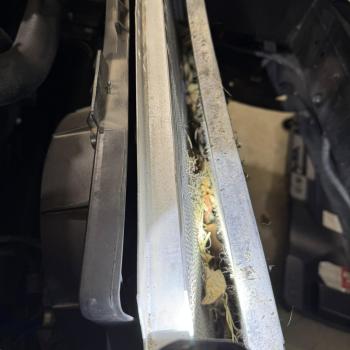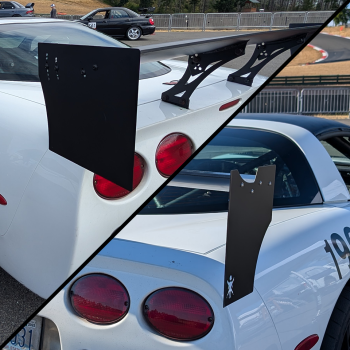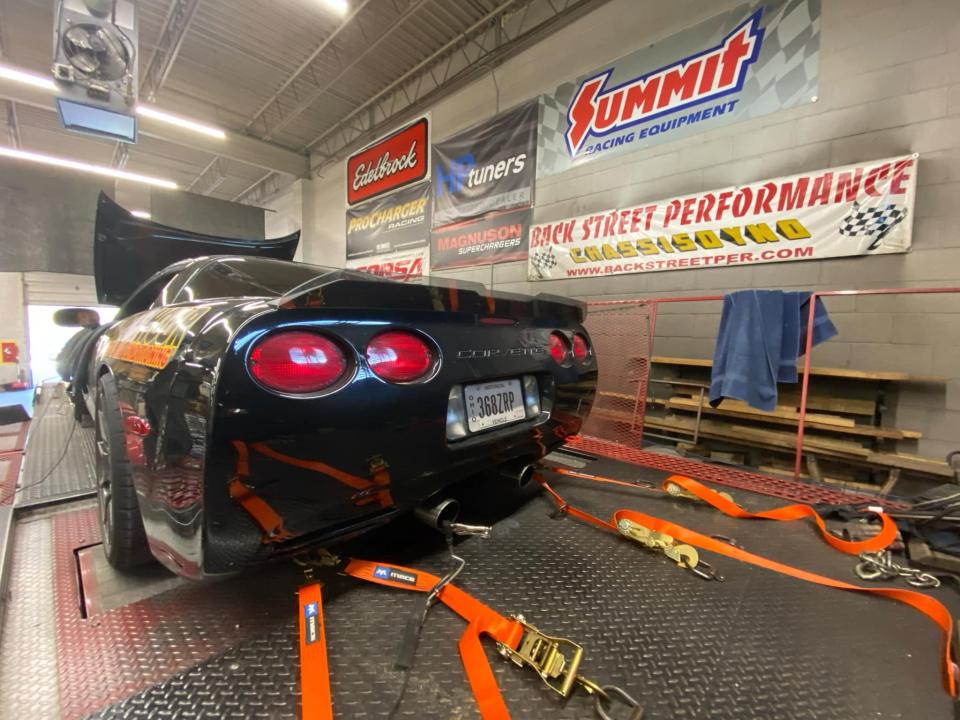
Hey there, fellow gearheads! I’m Brian Wick—just a regular car nut who’s owned more Camaros than I can count and has turned wrenches on just about everything over the past 30 years. I don’t claim to be a professional builder or tuner—I’m just a guy who loves working on cars, racing them on the weekend, and driving them to work on Monday.
Like many of you, I’ve got a soft spot for clean, functional builds that blend performance and reliability. I autocross regularly, run in the Optima Ultimate Street Car series, and try to make it to HPDEs whenever life lets me. I’m writing this to share my real-world experience modding a C5 Corvette—what worked, what didn’t, and how each step affected power at the wheels.
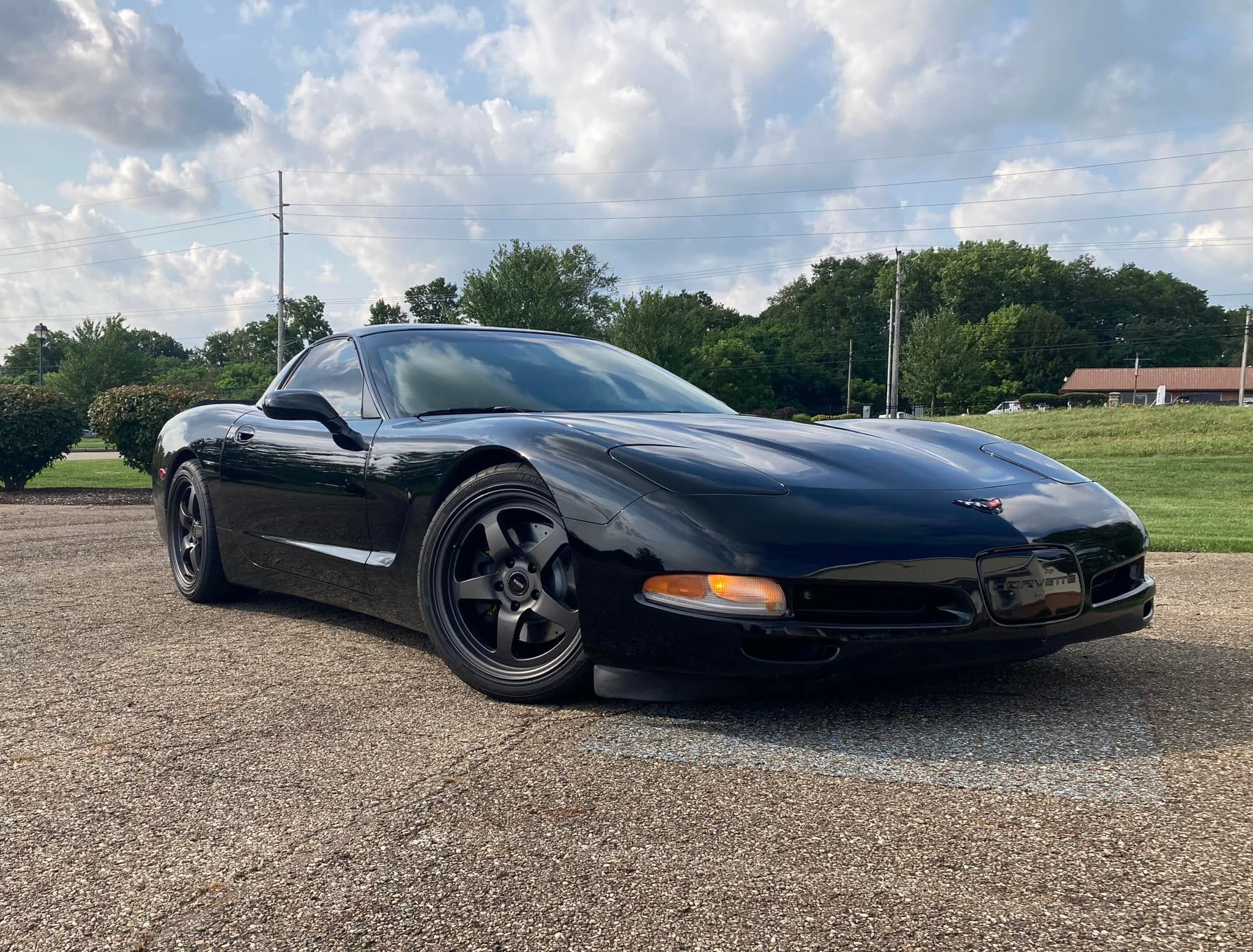
Meet the Build: The Daily Time-Attack Vette
About two years ago, I picked up a bone-stock 1997 C5 automatic with 3.15 gears. My vision was simple: build a fun, reliable “Pro-Touring” style street car that could hang on track days and still be comfy enough for ice cream runs with the family.
When I got it, the only mod was a bargain-bin Amazon cold air intake. The previous owner included the factory airbox, which I immediately reinstalled and sold the Amazon special to the next hopeful buyer.
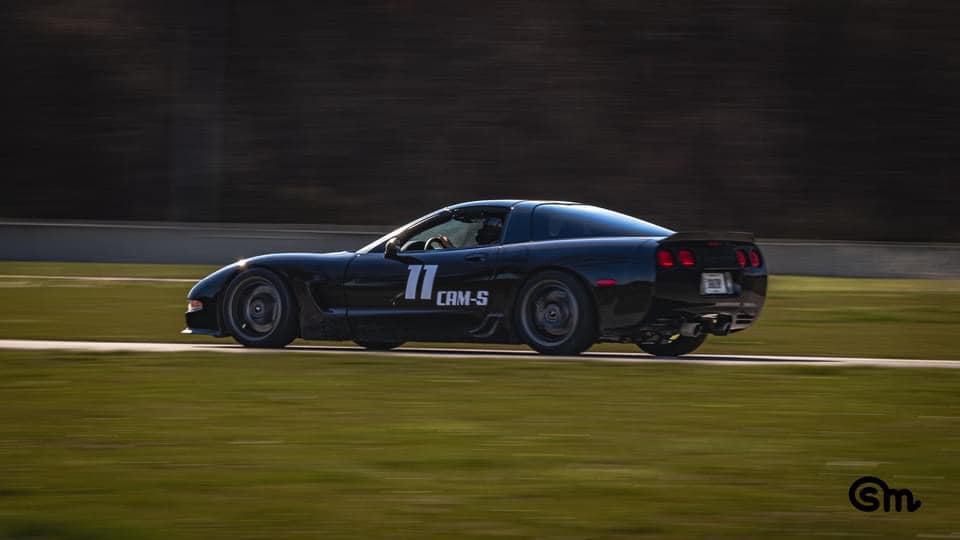
I took the car to one autocross in stock form. It was a blast—but let’s be honest, it felt underpowered. That’s when the itch started, and like many projects before it, one mod turned into a snowball.
For reference, a stock ’97 C5 auto puts down around 285 rear-wheel horsepower (RWHP). That’s our baseline. From here, I’ll walk you through the mods, the dyno numbers, and the real-world results.
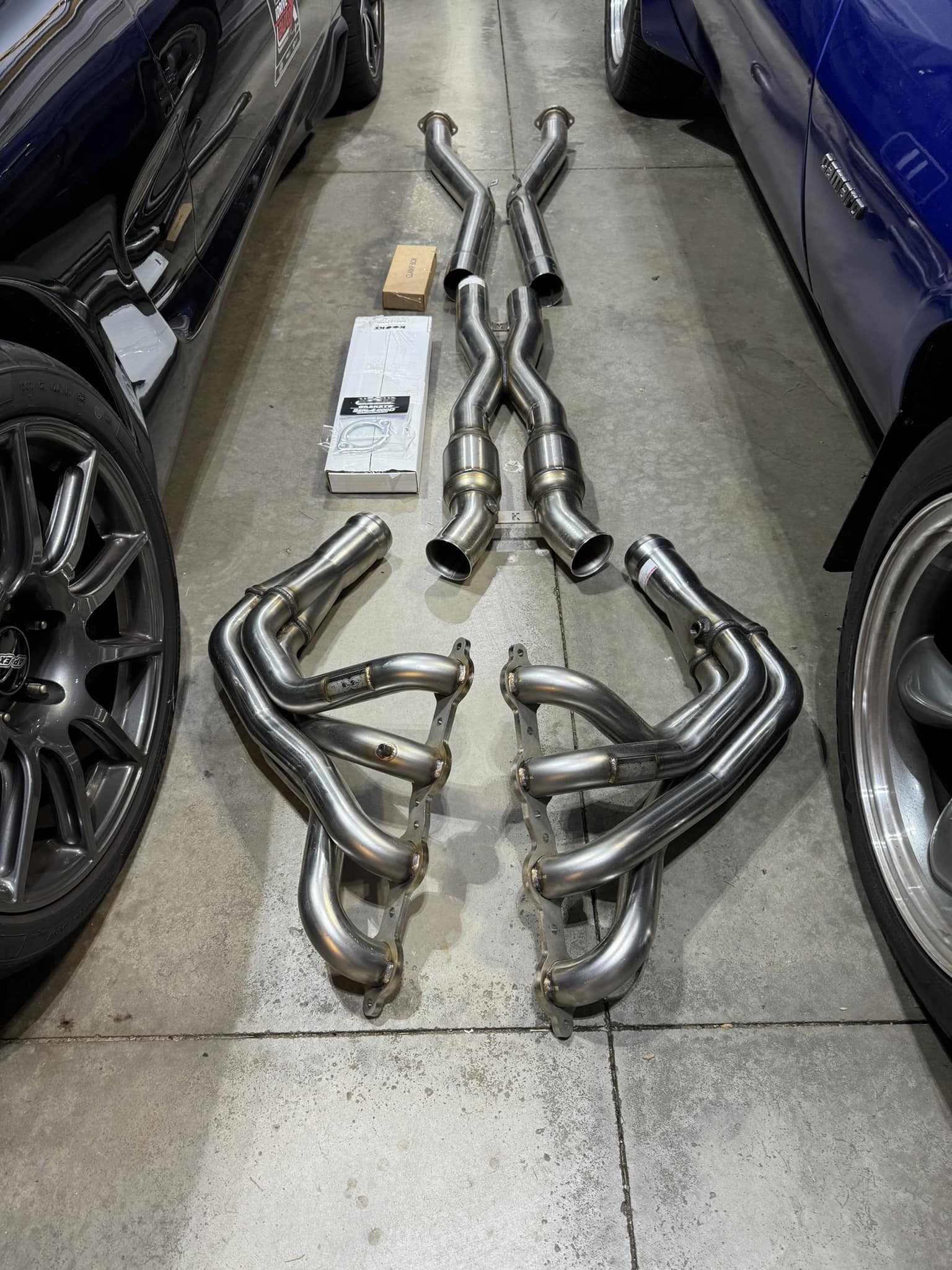
Stage One: Let It Breathe
Minor editor's note: When comparing these power figures to other power figures, be sure to consider that there are two primary dyno manufacturers out there, Dynojet and Mustang. Dynojets in general read about 15% higher than Mustang dynos (without correction). So if you are comparing modifications in various articles or find your results to be less significant, consider that the dynamometer itself can vary the results.
Mods:
- Kooks 1 7/8" long tube headers
- Kooks catted X-pipe
- Borla straight pipes
- SLP Blackwing cold air intake
- Vortex Power Duct and SLP coupler
- LS6 intake manifold
- Full tune-up + injector service
I took the car to Backstreet Performance in Medina, Ohio for a proper tune—my goal was to squeeze out solid power without giving up driveability or reliability.
Results on the Dyno
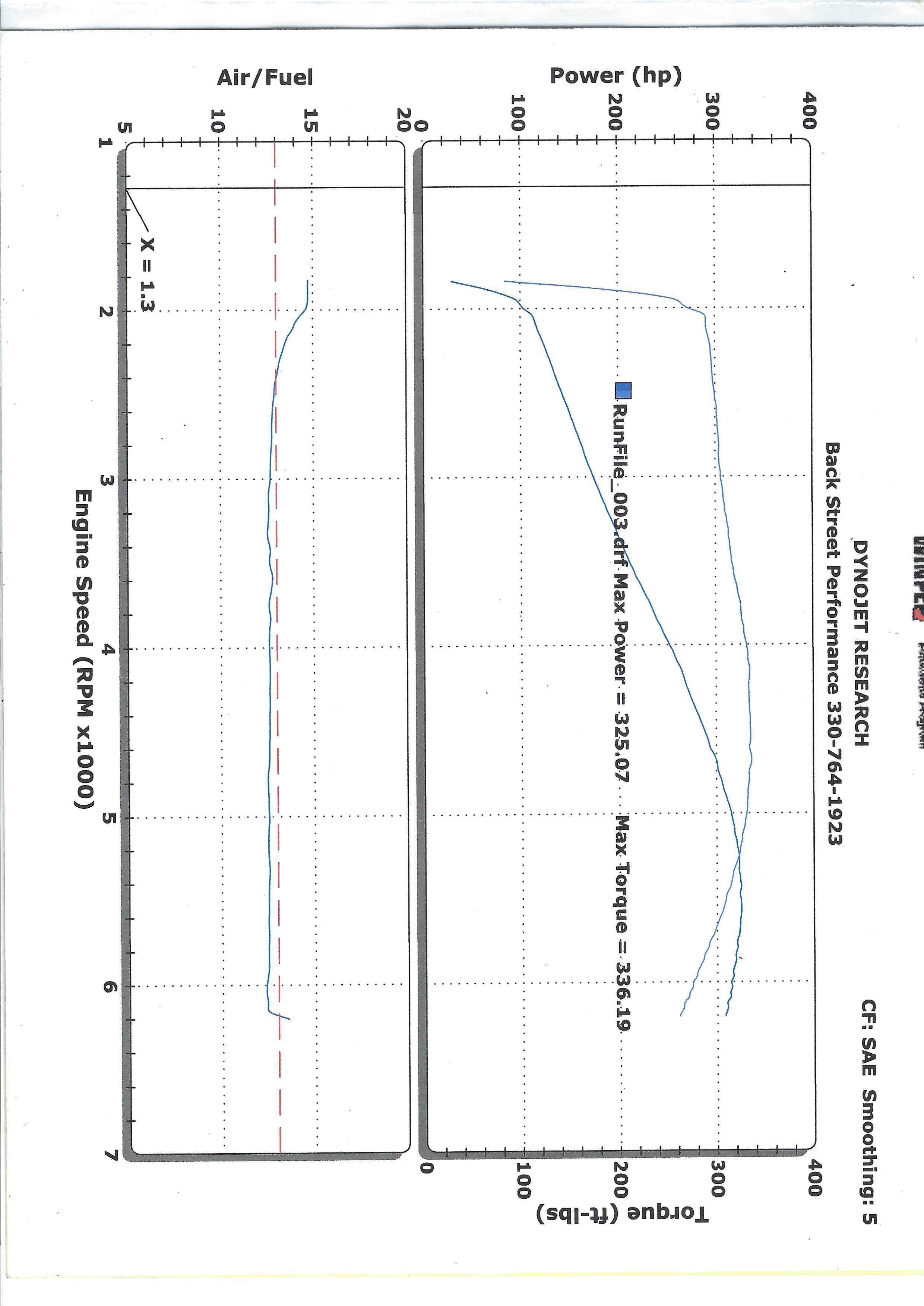
The car put down 325 RWHP / 336 lb-ft torque
That’s a +40 RWHP gain over stock. The car immediately felt stronger, sounded amazing, and drove like a totally different animal.
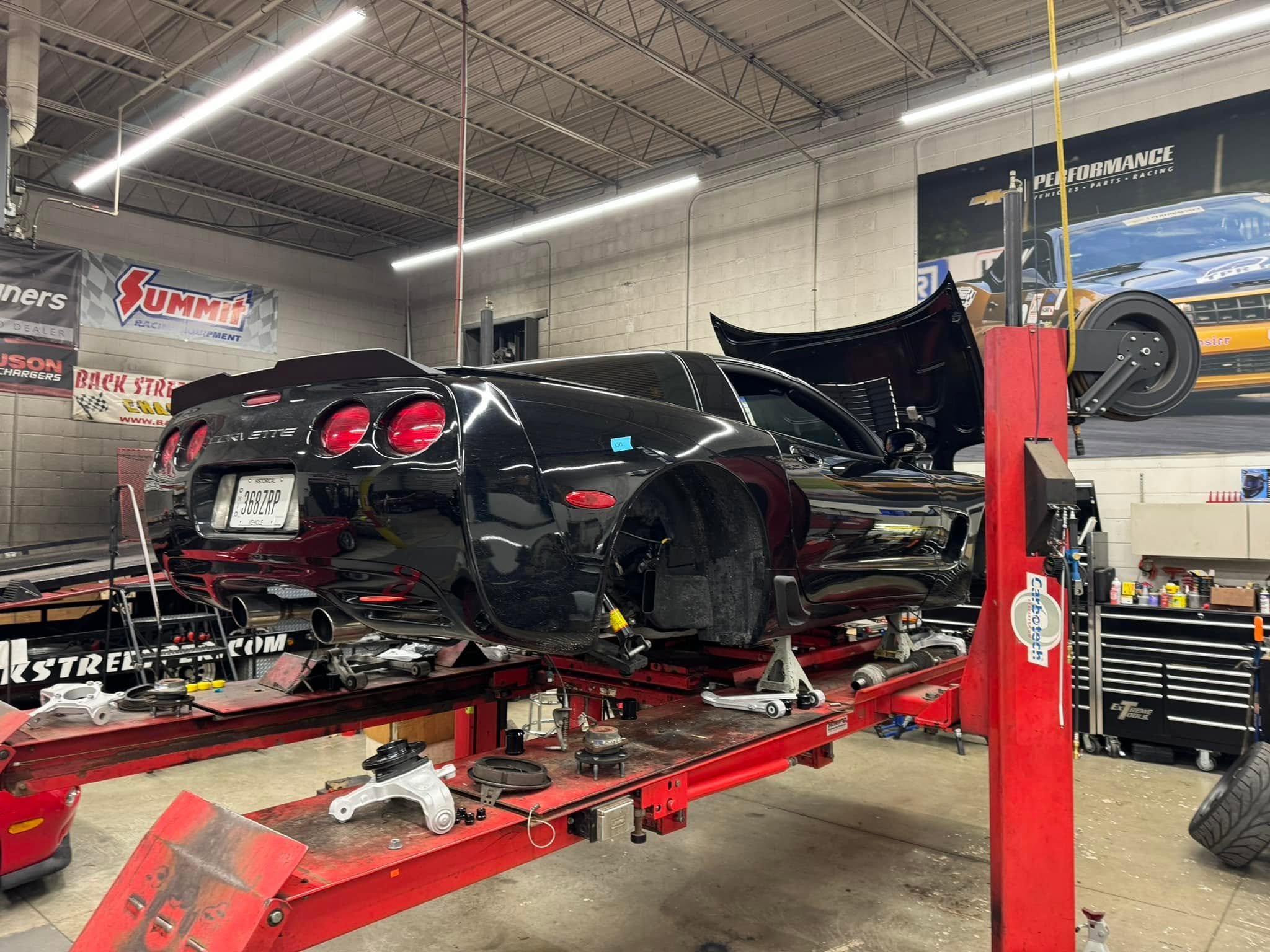
Stage Two: Gearing Up & Getting Aggressive
With the breathing sorted, it was time to add some grunt—and make better use of the power.
Drivetrain:
- Swapped to 3.73 gears (which GM should have put in the auto cars to begin with)
- Installed a 3000 RPM stall converter
Those two changes alone made the car way more responsive. It pulled harder off the line, felt quicker everywhere, and made me even more excited for the next step: a cam and heads.
Engine:
- Summit Stage 1 “Ghost” Cam (PN: SUM-8715R1)
- GM 243 heads (pulled from a Tahoe)
- Heads Ported by Total Engine Airflow – Stage 1 porting, dual springs, titanium retainers, the works
Results on the Dyno:
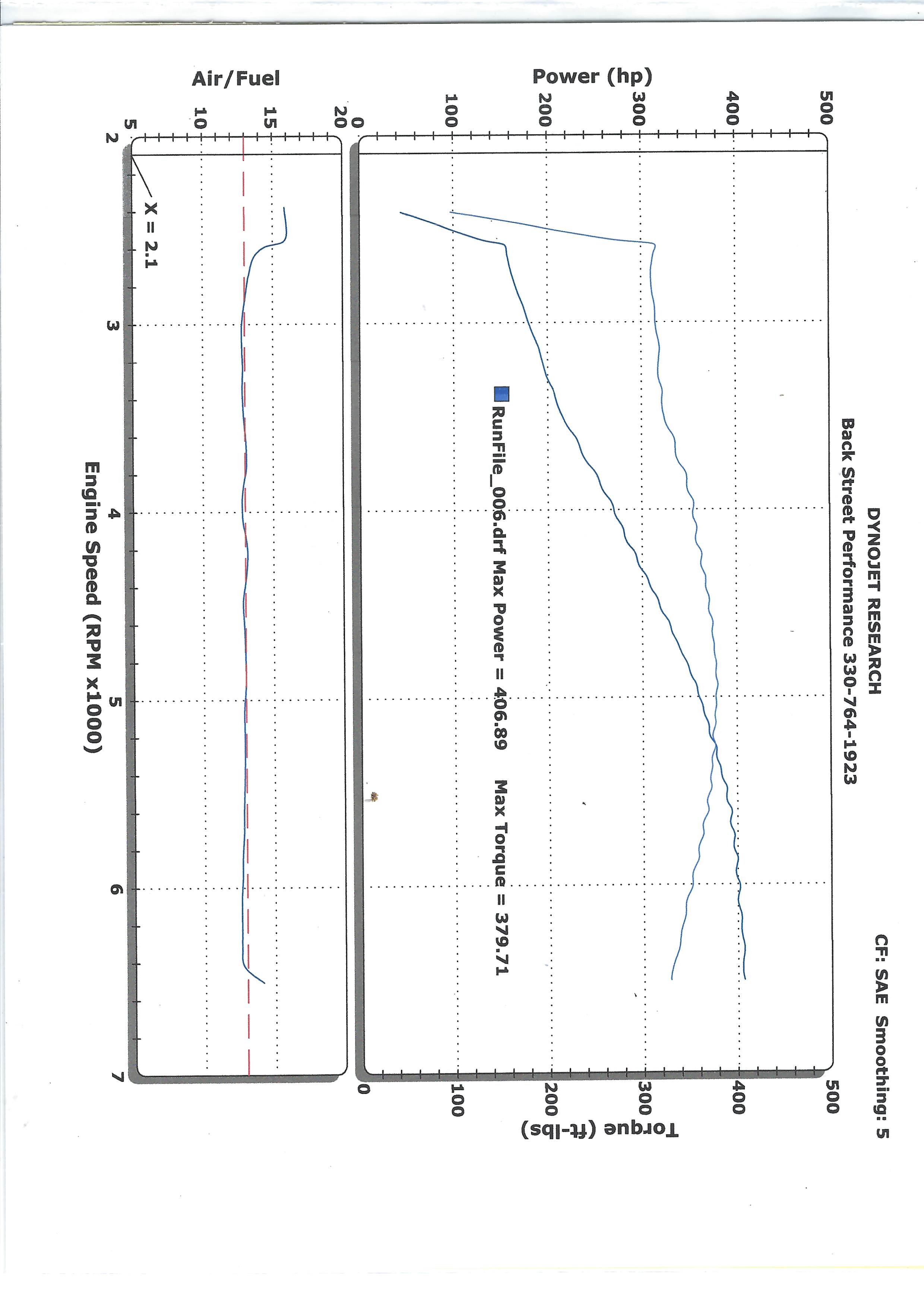
After weeks of wrenching and triple-checking everything, I got it back on the dyno.
Dyno Results: 406 RWHP / 379 lb-ft torque
That’s +121 RWHP over stock, plus improved torque across the board—and the car still idled nice and clean. Oh, and that cam? It sounds mean without being obnoxious. Street-friendly with just the right amount of chop.
Bonus Round: Chasing That Last Bit of Air
While the car was still on the rollers, I had the chance to test a new intake setup:
Added:
- TPiS-modified LS6 intake
- LS2 silver blade throttle body
I figured, why not? Let's see if a little more airflow up top could squeeze out some extra juice.
Dyno Results: 410 RWHP / 382 lb-ft torque
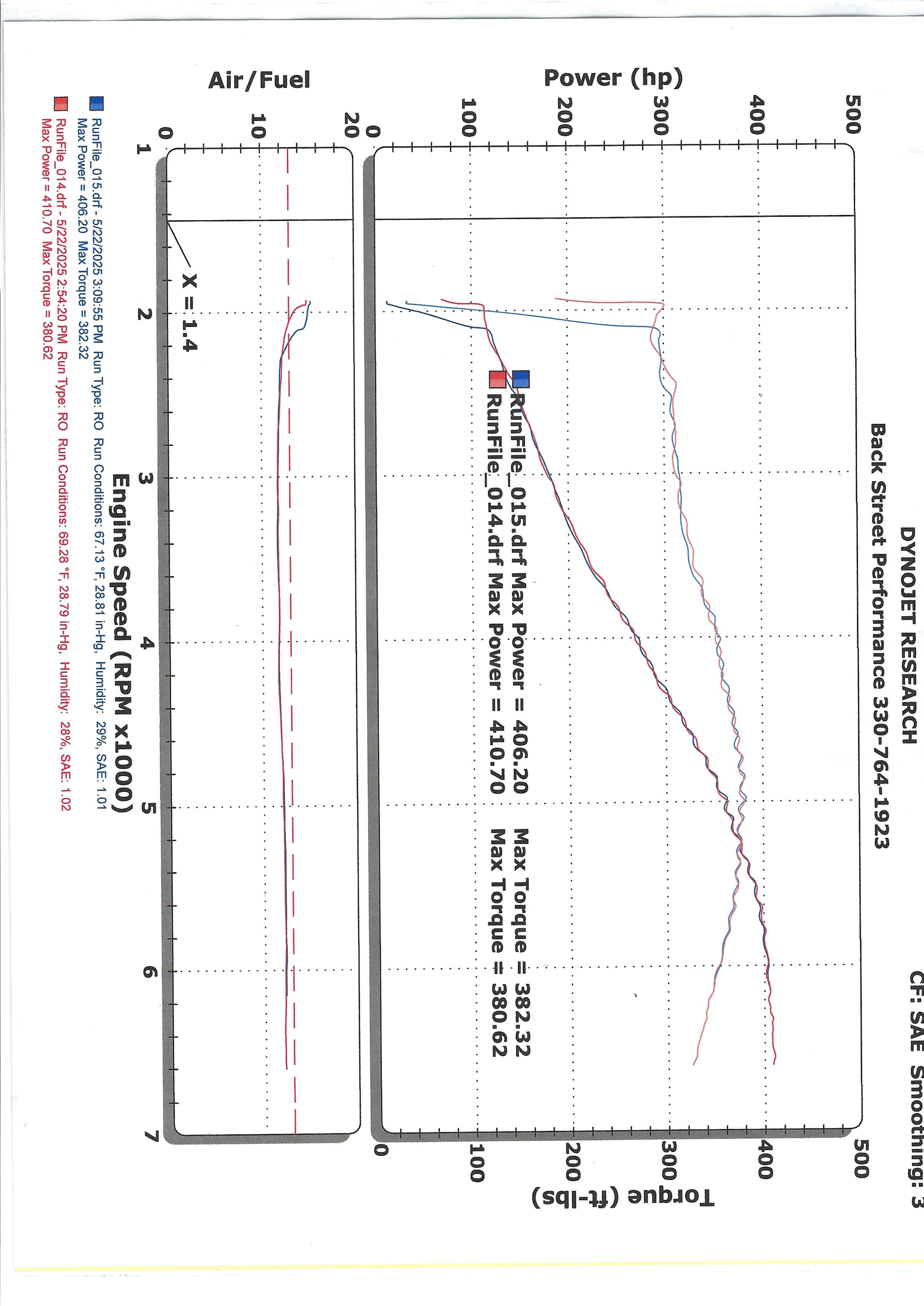
That’s a modest +4 RWHP and +3 lb-ft gain—not exactly earth-shattering, but between 3500–5500 RPM, it felt like it pulled just a bit harder. Seat-of-the-pants dyno? Happier. Actual numbers? Slight bump. Worth it? For the right deal, sure.
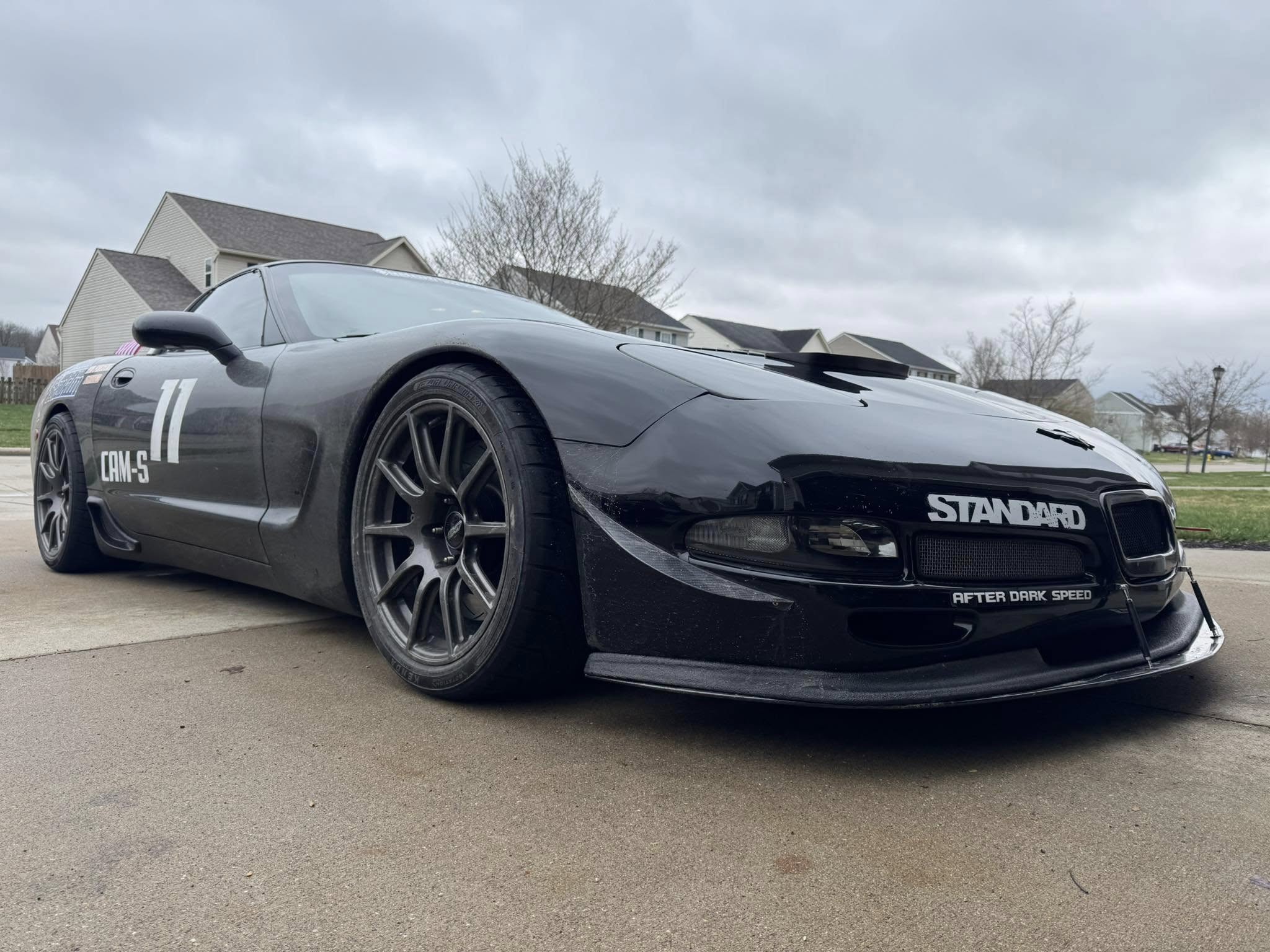
Final Thoughts: Real Car, Real Fun
So here we are—stock C5 to 410 RWHP, still running pump gas, still streetable, and still daily-drivable. The converter and gears woke up the drivetrain. The cam and heads gave it muscle. And the whole thing feels tight, reliable, and ready for whatever I throw at it.
Is it the fastest car out there? Nope. Do I care? Not even a little. I’ve got a car that I can autocross, road course, and then drive to work the next morning—and maybe hit a local cruise night with the family for good measure.
If you’re looking for a blueprint to build a fun, usable street car that’s got bite without sacrificing comfort or dependability, I hope this helps.
See you at the track—or the ice cream stand.
—Brian Wick

